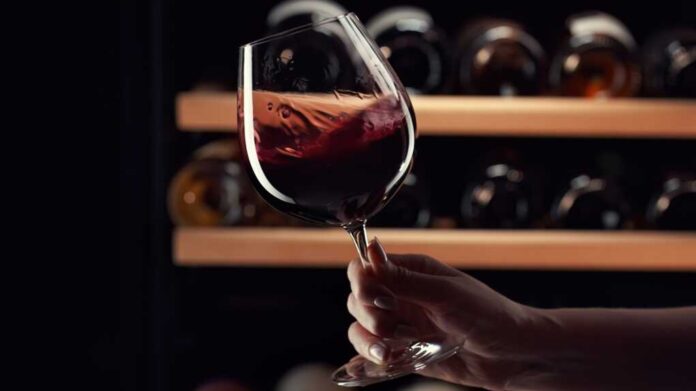
Archaeologists have just upended everything we thought we knew about Italian wine, proving that the myth of ancient vineyards is far more legend than fact—and that Italy’s celebrated wine culture may not be as old as it loves to claim.
At a Glance
- Groundbreaking genetic analysis reveals domesticated grapevines appeared in Italy around 1300 BC—much later than long believed.
- For thousands of years, Italians gathered wild grapes instead of cultivating vineyards for winemaking.
- The wine industry’s cherished narrative of ancient, continuous tradition faces a serious historical rewrite.
- Academic, economic, and cultural implications ripple through Italy’s wine heritage and global branding.
Ancient Seeds Expose Wine’s Real Roots
For decades, the story sold to the world—often with a flourish of pride and a hefty price tag—has been that Italy’s winemaking roots dig deep into the Bronze Age, or even earlier. Turns out, the truth is a bit more sobering. Researchers analyzed 1,768 grape seeds from archaeological sites all over Italy and applied the kind of genetic detective work that even the IRS would envy. Their verdict? Domesticated grapes—the kind used for real winemaking—show up only around 1300 BC. Until then, locals were picking wild grapes, not tending to lush, orderly vineyards. So much for the “ancient tradition” that’s been uncorked at every wine expo and tourist trap for the last hundred years.
This research is more than a historical footnote; it’s a direct challenge to the mythmaking that props up not only Italy’s wine industry but also its cultural identity. The idea that every glass of Chianti connects us to some toga-clad ancestor is, quite literally, a tall tale fermented over centuries of wishful thinking. The genetic evidence leaves little room for debate: Italian wine, as we know it, is a relative newcomer on the world stage.
Industry and Academia Grapple with New Reality
Let’s not pretend this bombshell hasn’t sent shockwaves through both the academic world and the wine industry. For scholars, it’s a textbook case (pun intended) of how science can upend centuries of accepted wisdom. Gone are the days when pottery shards and literary references were enough to prove an ancient wine pedigree. Now, only hard genetic data will do, and the story it tells is far less romantic. The persistence of wild grape gathering—millennia after supposed “domestication”—shows that agricultural innovation was a long, slow slog, not a triumphant leap.
Meanwhile, the wine industry faces a tricky dilemma. For decades, Italian producers have marketed their bottles with an aura of ancient legitimacy—complete with museum exhibits and tourist tours promising a sip of history. Adjusting these narratives to fit the new facts could hit some marketing departments harder than a cork flying off a Prosecco bottle. The prestige of Italian wine isn’t about to evaporate, but the historical backstory may need a little less fiction and a lot more footnotes.
Cultural Heritage in the Crosshairs
Wine is more than a drink in Italy—it’s a pillar of national identity, a source of economic power, and, let’s face it, a staple of every “Eat, Pray, Love” fantasy ever filmed. So what happens when science tells us that much of the legend was just that—a legend? Museums, educators, and cultural tour guides will need to update their scripts. Expect more nuanced, accurate portrayals of Italy’s wine journey in textbooks and tourist brochures alike.
Of course, there are already voices within the wine industry ready to spin this as proof of resilience and continuity: “Sure, we started with wild grapes, but look how far we’ve come!” That’s fine, but the days of peddling a neatly linear, millennia-old tradition are over. The real story is more complicated, and—dare we say—more American: hard work, trial and error, and a willingness to rewrite the narrative when the facts demand it.
Science, Spin, and the Quest for Authenticity
The real winners here are the scientists who’ve shown that archaeogenetics can cut through centuries of myth and marketing. By analyzing ancient seeds directly, instead of relying on indirect evidence, they’ve set a new standard for how we study the origins of everything from wine to wheat. Expect similar revelations in other regions—and other crops—soon.
As for the broader lesson? When it comes to the past, the facts don’t care about your feelings—or your marketing budget. Whether you’re a wine snob, a tourist, or just someone who likes a good story, it’s time to toast to the truth: Italy’s wine culture is rich and storied, but not nearly as ancient as we’ve been led to believe. Sometimes, the real history is even more fascinating than the legend.


















